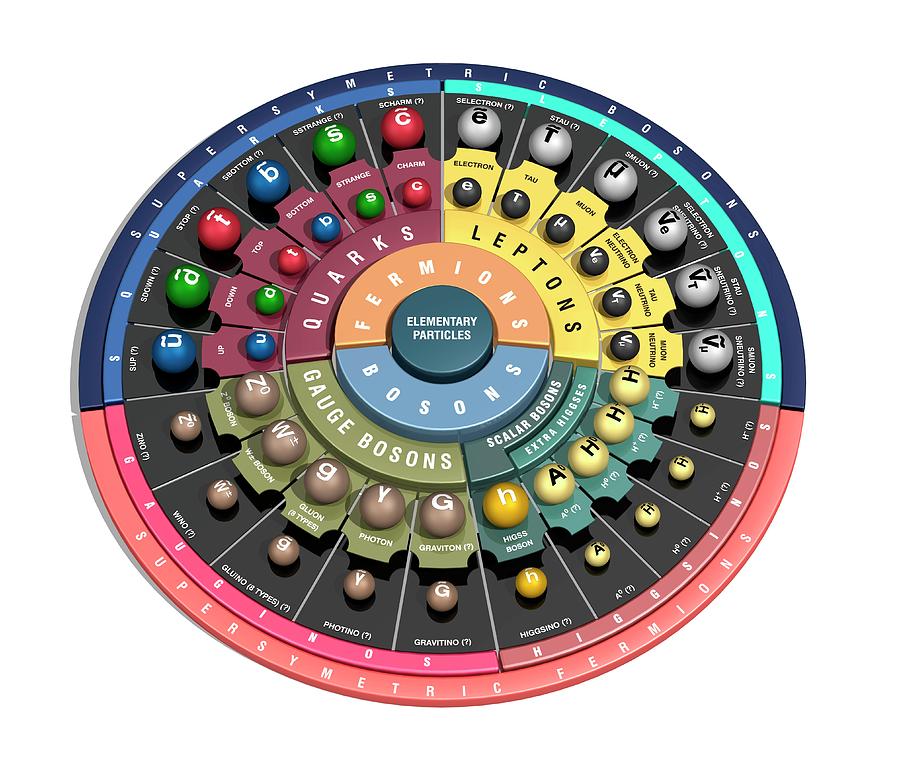

ELEMENTARY PARTICLES CODE
Read the e-mail and you will see a link to //You can get a secret code (0508) to try on one of their promotional cabinets from the web site. When you get Alan Dorweiler's PDA file, highlight his name then check his e-mails. For example, type " give poop" and the game will display "Unknown stat "poop" added to player's inventory". The window will say that the item is unknown, but it will say it is in your inventory. Type " give ", where the item is anything that is not an item in the game. Note that "7" is the default color, white and "9" is black, which is a bit difficult to see. Some models also unify different families, and supersymmetric models unify quarks and leptons with gauge bosons.Type " ^" ( + 6), then type a number from 0 to 9. Grand unified models typically do this for all known gauge bosons (except gravitons) and for corresponding families of quarks and leptons-and inevitably imply the existence of various additional particles more massive than those known, but with properties that are somehow intermediate. In the Standard Model the idea of spontaneous symmetry breaking (see page 1047) allows particles with different masses to be viewed as manifestations of single particles, and this is effectively done for W, Z, γ, as well as for each of the 3 so-called families of quarks and leptons: u, d c, s t, b and e, v e μ, v μ τ, v τ. Real massless ones such as the photon always have just 2. Gauge bosons normally have spin 1 (the graviton would have spin 2) yielding 3 spin states for massive ones. Quarks and leptons have spin 1/2, yielding 2 spin states (neutrinos could have only 1 if they were massless). Most particles also have multiple spin states. Each quark has 3 possible color configurations the gluon has 8.


Apart from the photon (and graviton), all have distinct antiparticles. Most particles exist in several variations. In ordinary matter, the only particles that contribute in direct ways to everyday physical, chemical and even nuclear properties are electrons, photons and effectively u and d quarks, and gluons. Gravitons associated with gravitational forces presumably also exist. Those currently known are the photon ( γ) for electromagnetism (QED), W and Z for so-called weak interactions, and the gluon ( g) for QCD interactions between quarks. Six types are known: u, d, c (charm), s (strange), t (top), b.
ELEMENTARY PARTICLES FREE
Quarks exist inside hadrons like the proton and pion, but never seem to occur as ordinary free particles. The known leptons are the electron ( e), muon ( μ) and tau lepton ( τ), and their corresponding neutrinos ( n e, n μ, n τ). Current particle physics identifies three basic types of known elementary particles: leptons, quarks and gauge bosons.


 0 kommentar(er)
0 kommentar(er)
